Works in Woodmere's Collection
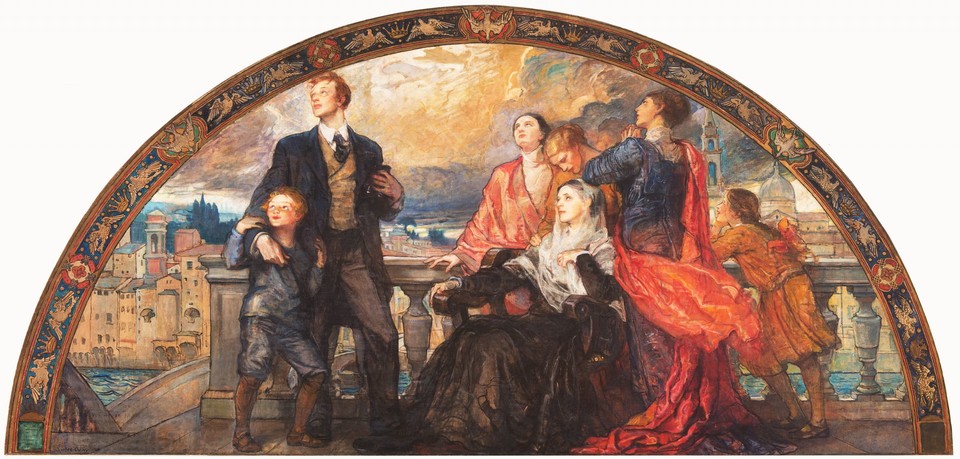
"Man and Science" lunette, from the mural series "The Building of the House of Wisdom," Charlton Yarnall House
Murals
View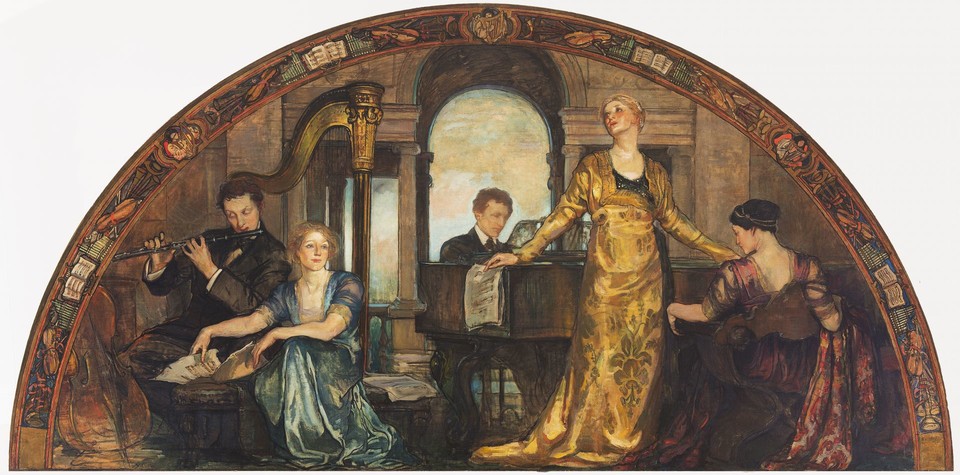
"Youth and the Arts" lunette, from the mural series "The Building of the House of Wisdom," Charlton Yarnall House
Murals
View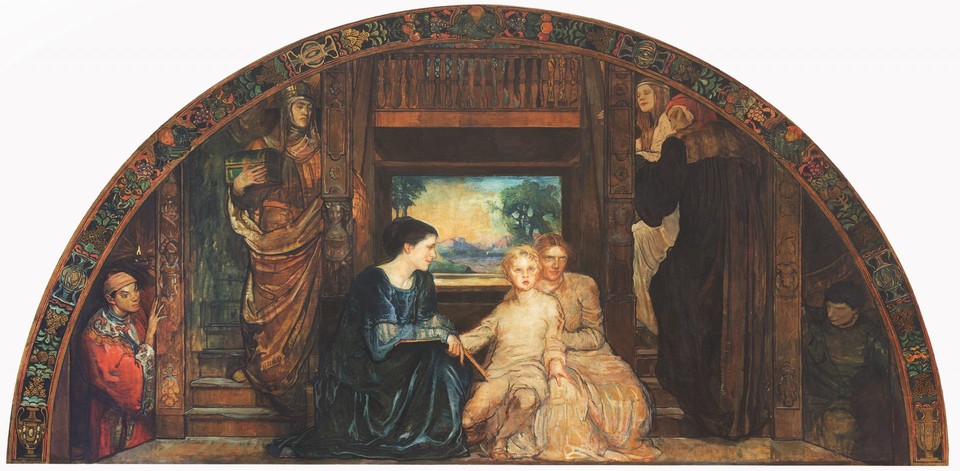
"The Child and Tradition" lunette, from the mural series "The Building of the House of Wisdom," Charlton Yarnall House
Murals
View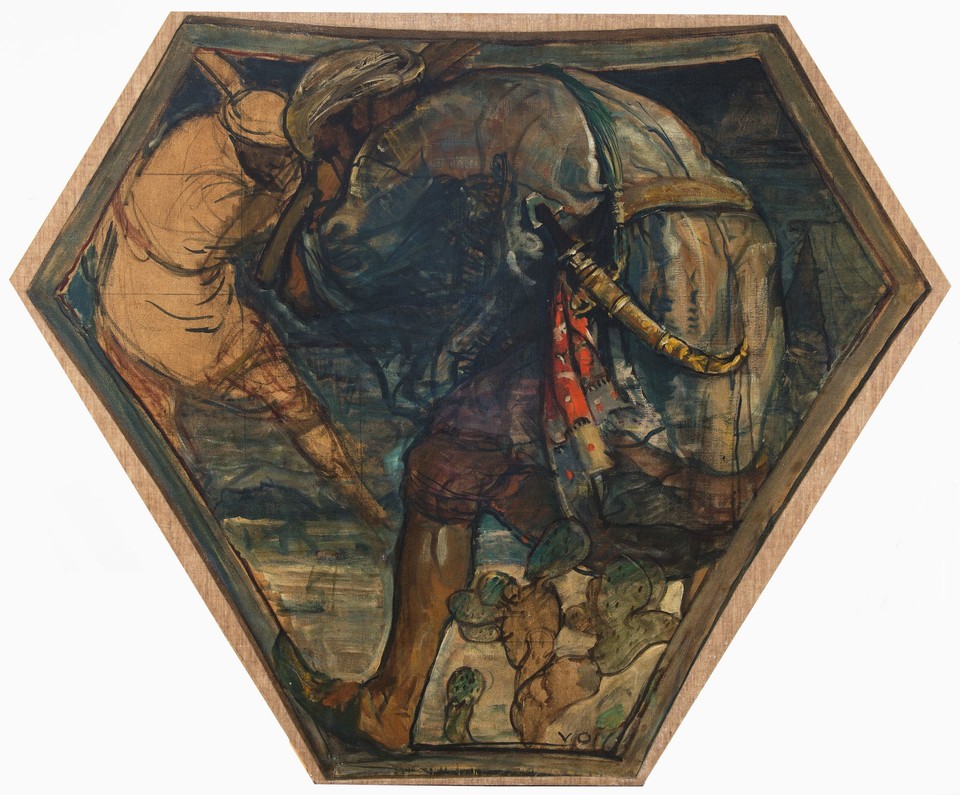
"Dwellers in Tents" pendentive, from the mural series "The Building of the House of Wisdom," Charlton Yarnall House
Murals
View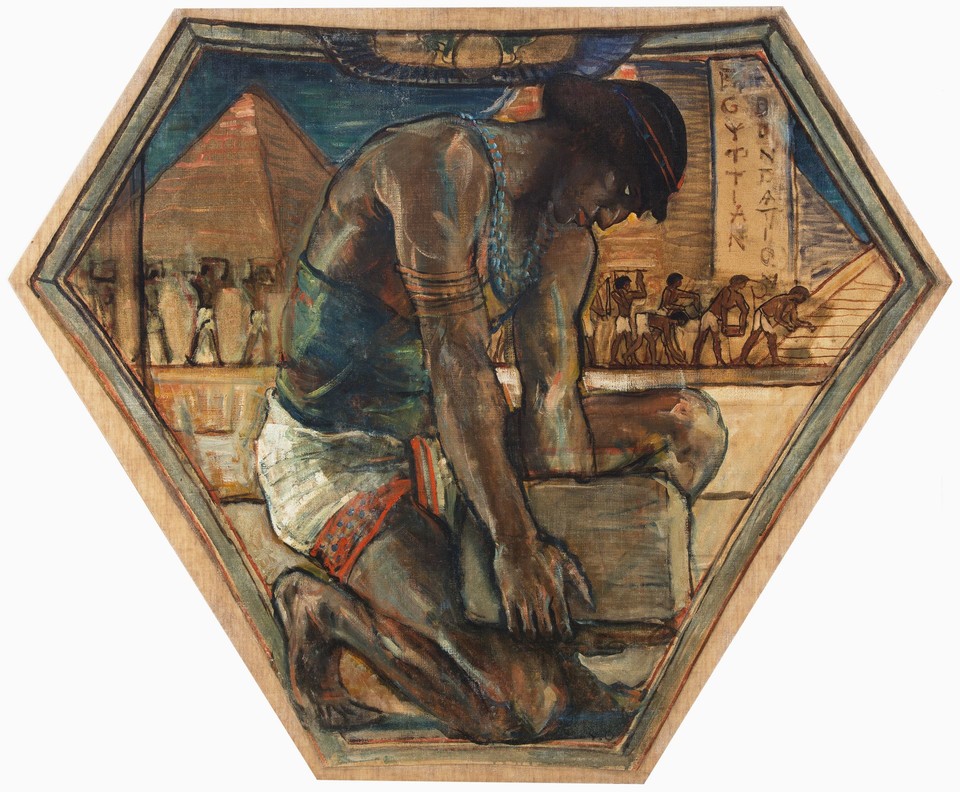
"Egyptian Foundation or Egyptian Pyramid" pendentive, from the mural series "The Building of the House of Wisdom," Charlton Yarnall House
Murals
View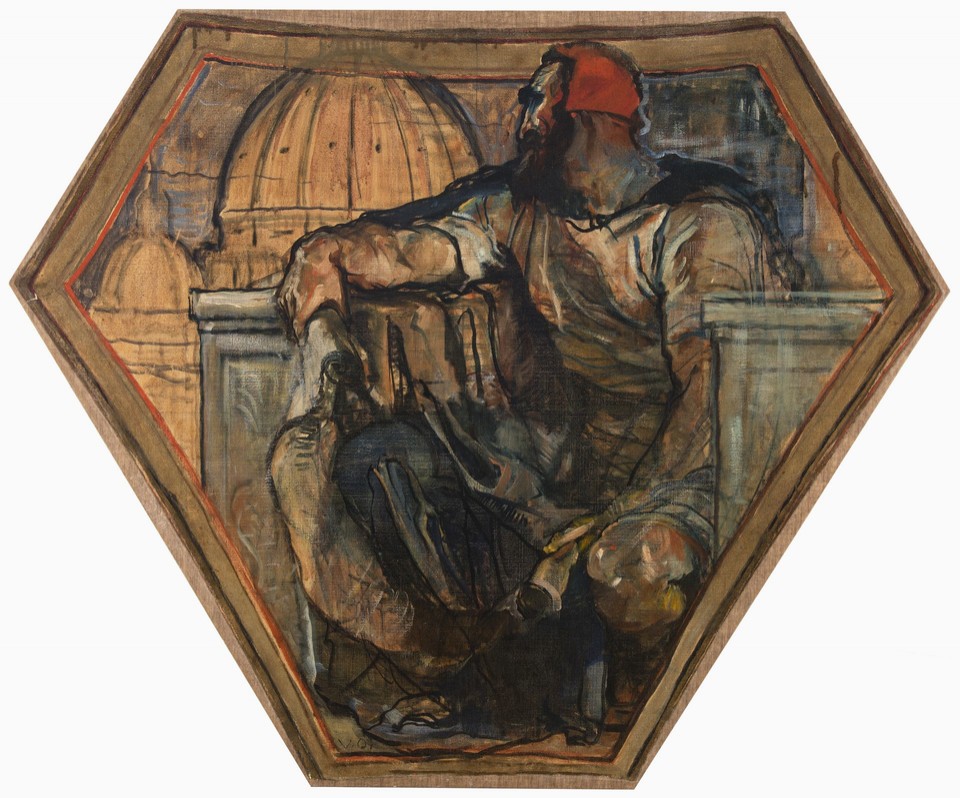
"Michelangelo and the Dome of the Renaissance" pendentive, from the mural series "The Building of the House of Wisdom," Charlton Yarnall House
Murals
View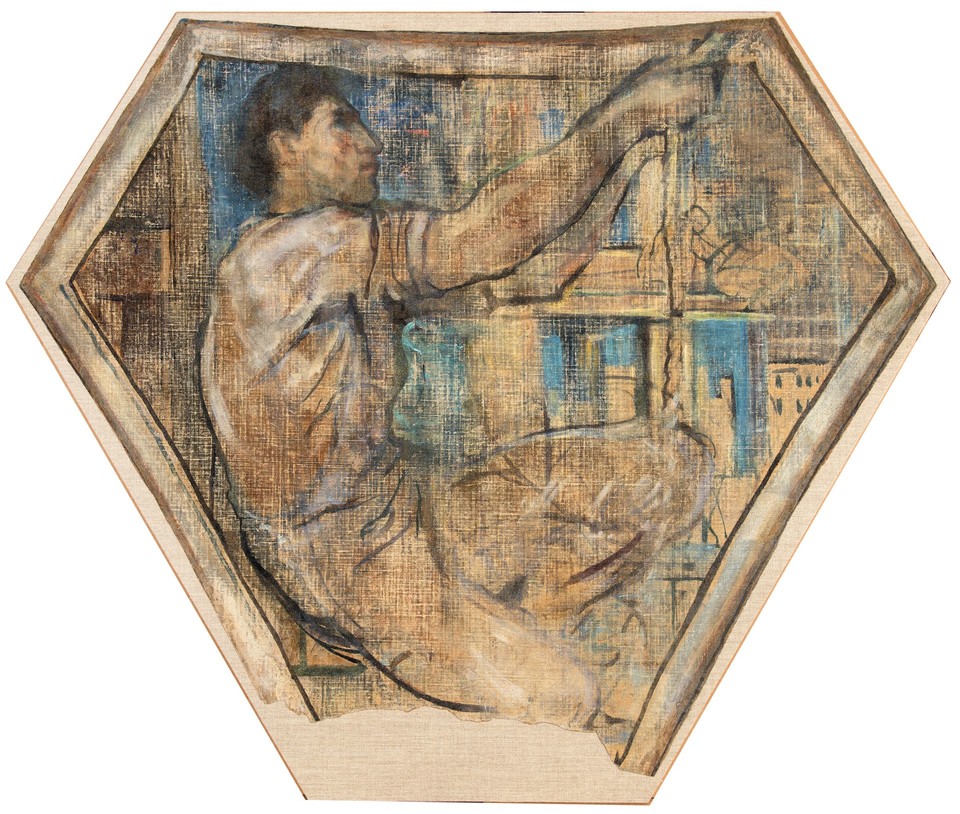
"The High Tower" pendentive, from the mural series "The Building of the House of Wisdom," Charlton Yarnall House
Murals
View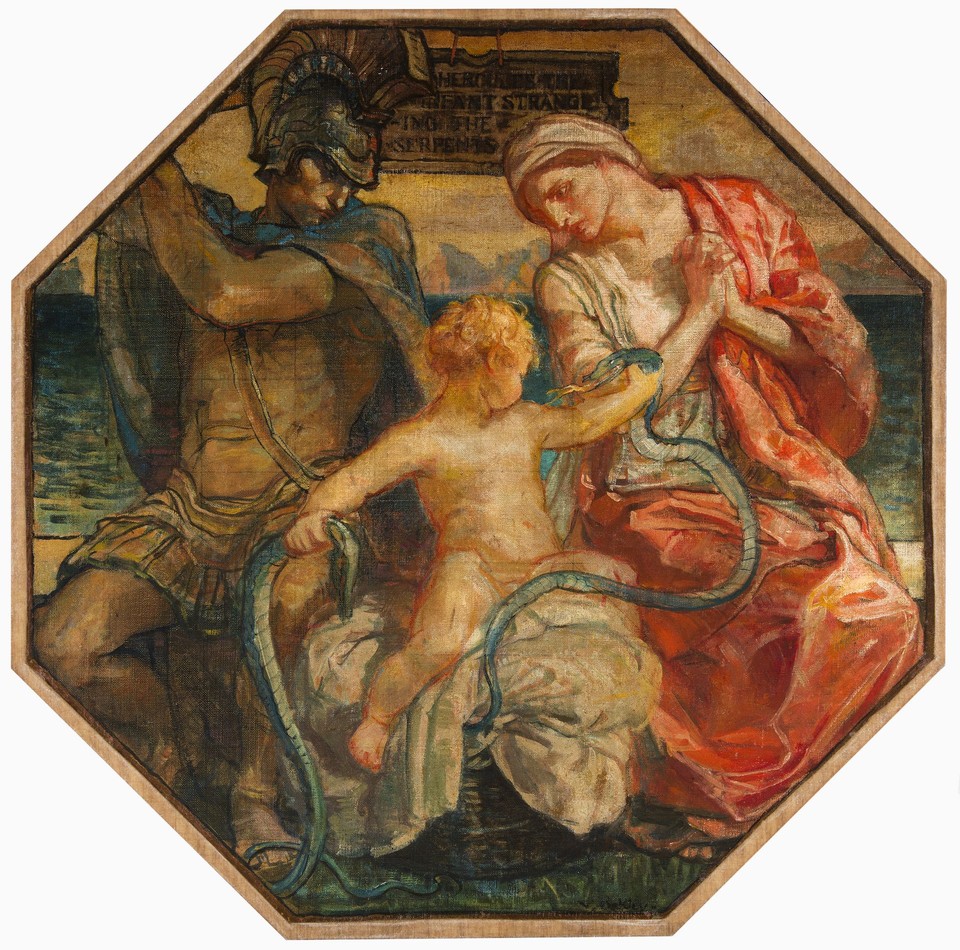
"Hercules the Infant Strangling the Serpents" octagonal, from the mural series "The Building of the House of Wisdom," Charlton Yarnall House
Murals
View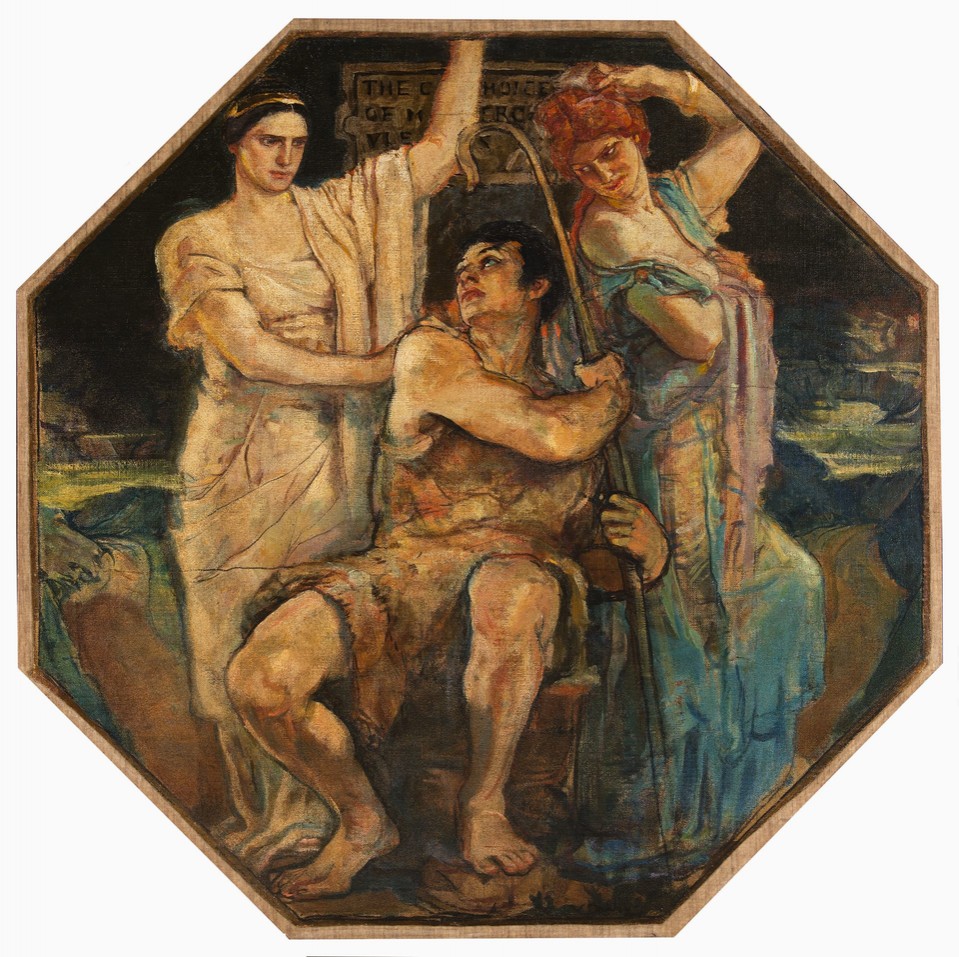
"The Choice of Hercules" octagonal, from the mural series "The Building of the House of Wisdom," Charlton Yarnall House
Murals
View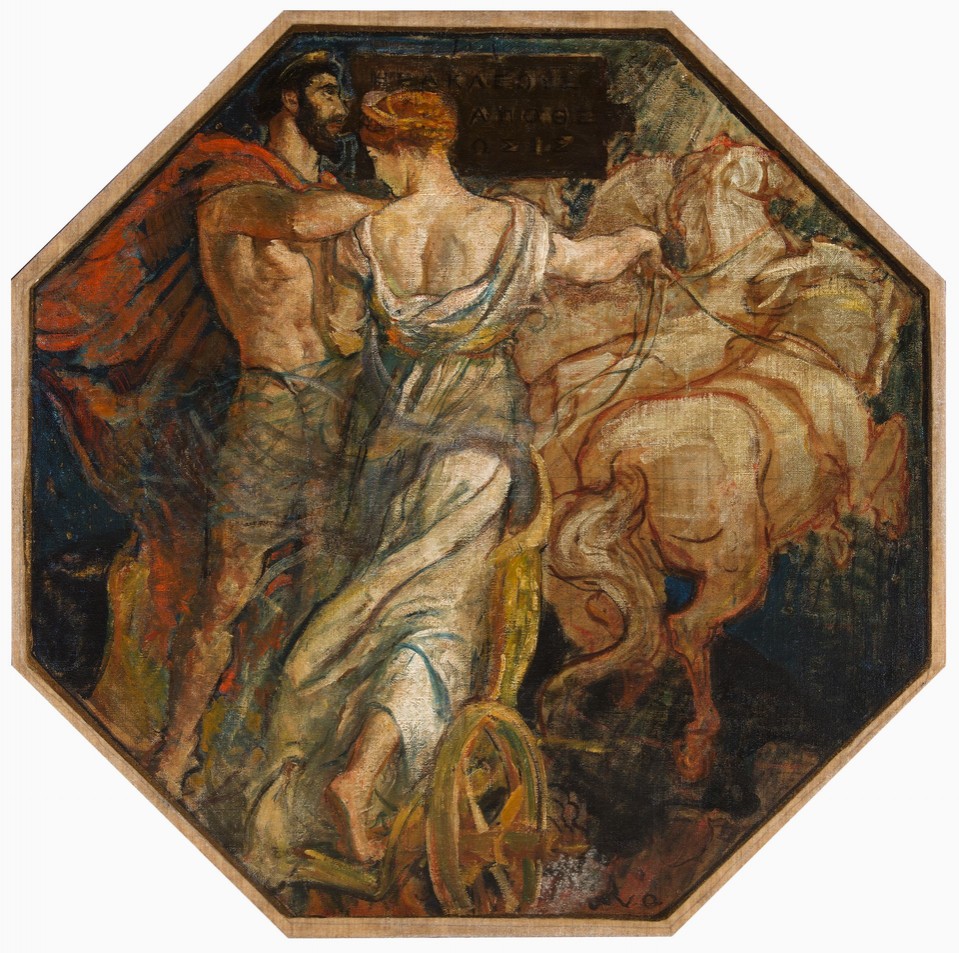
"The Apotheosis of Hercules" octagonal, from the mural series "The Building of the House of Wisdom," Charlton Yarnall House
Murals
View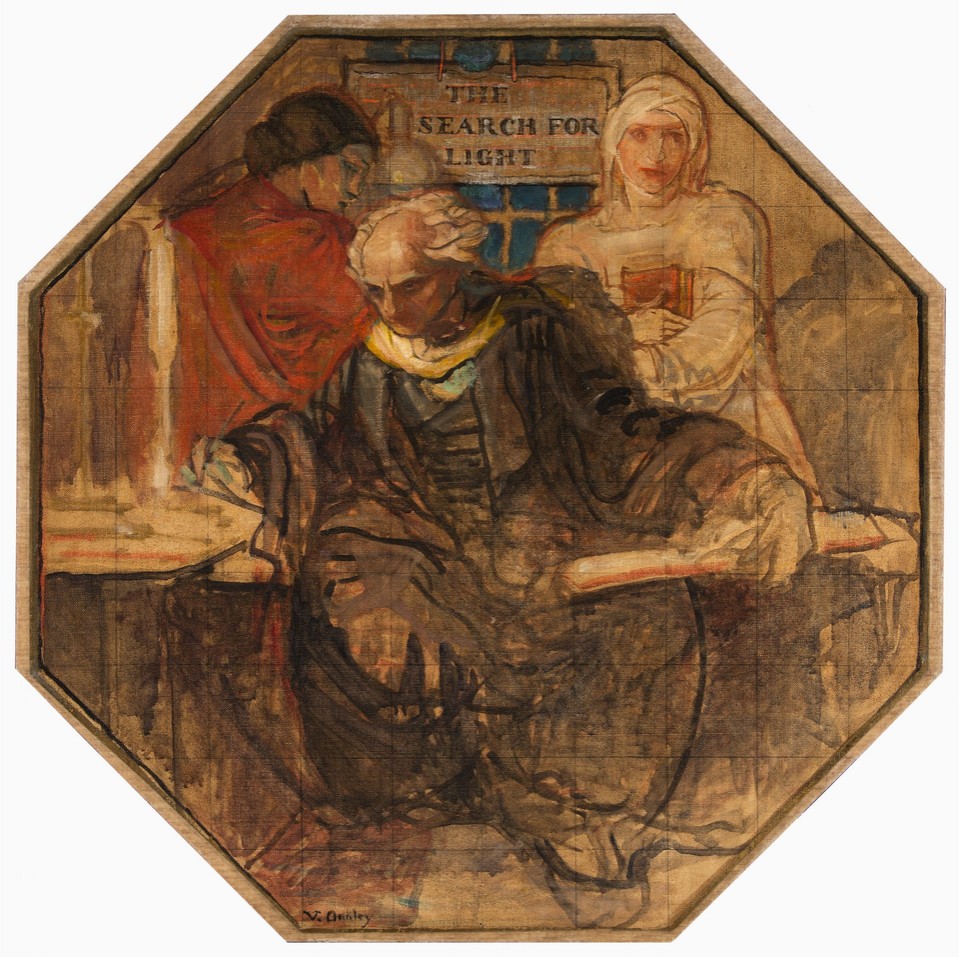
"The Search for Light" octagonal, from the mural series "The Building of the House of Wisdom," Charlton Yarnall House
Murals
View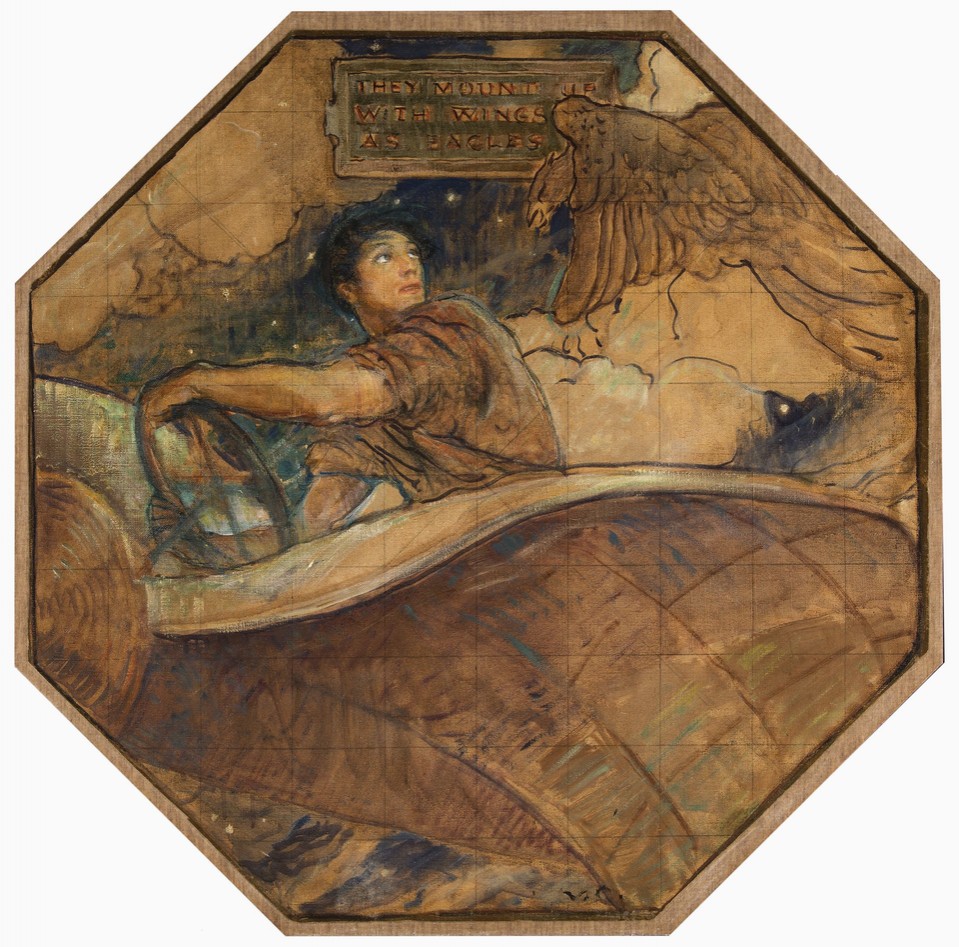
"Aviation" octagonal, from the mural series "The Building of the House of Wisdom," Charlton Yarnall House
Murals
View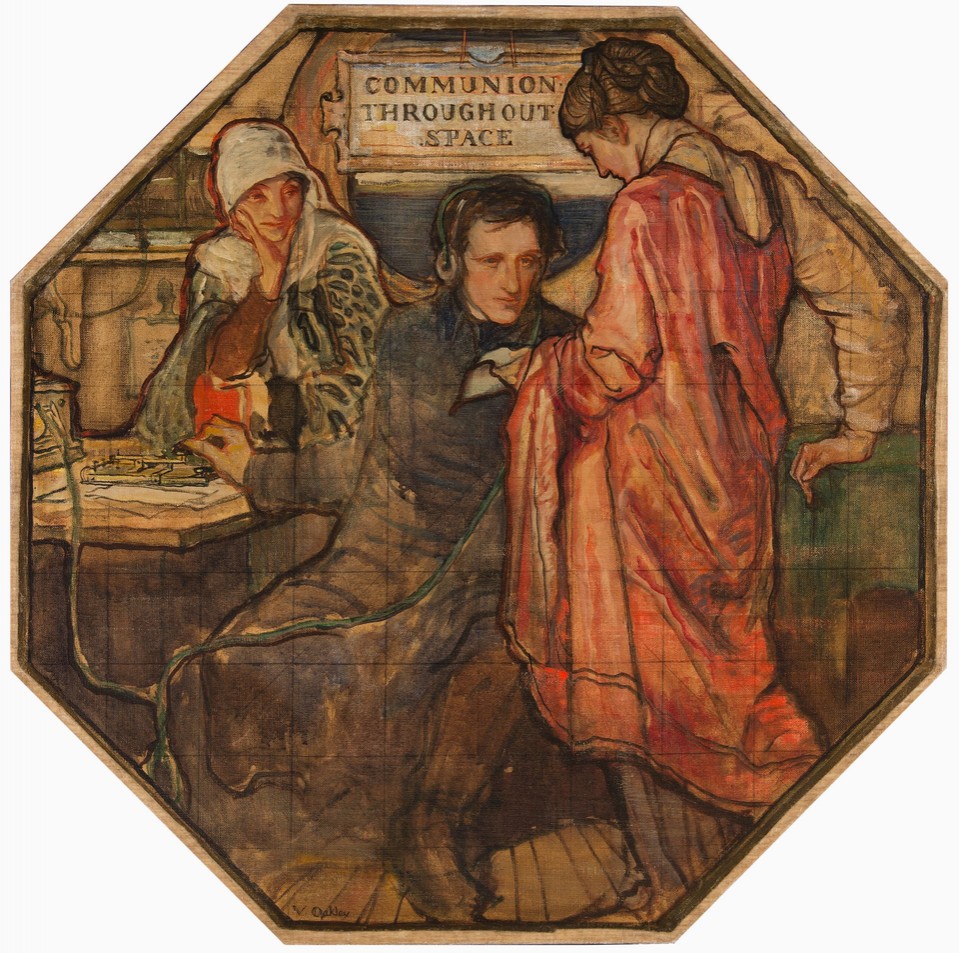
"Communion throughout Space" octagonal, from the mural series "The Building of the House of Wisdom," Charlton Yarnall House
Murals
View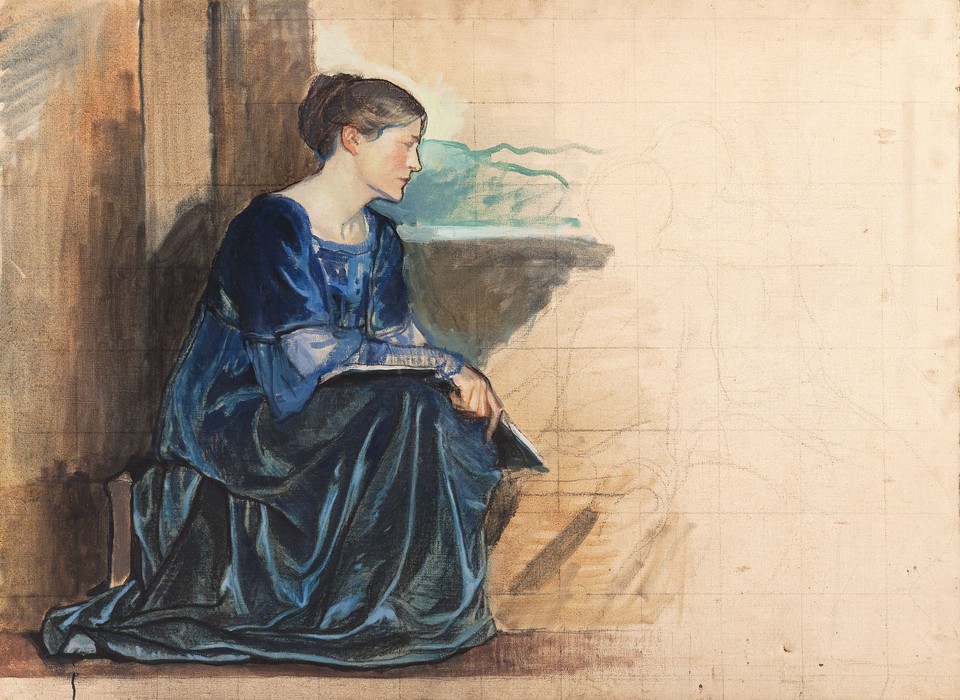
Study for the figure of the mother (Mrs. James Crosby Brown [Agnes Hewlett] model) in "The Child and Tradition" lunette, from the mural series "The Building of the House of Wisdom," Charlton Yarnall House
Murals
View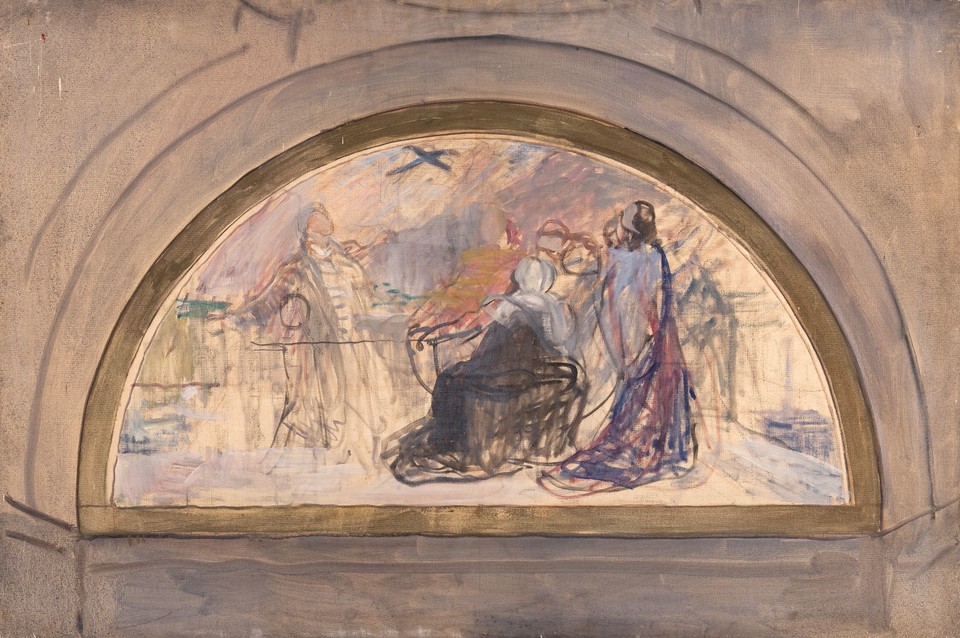
Composition study for "Man and Science" lunette, from the mural series "The Building of the House of Wisdom," Charlton Yarnall House
Murals
View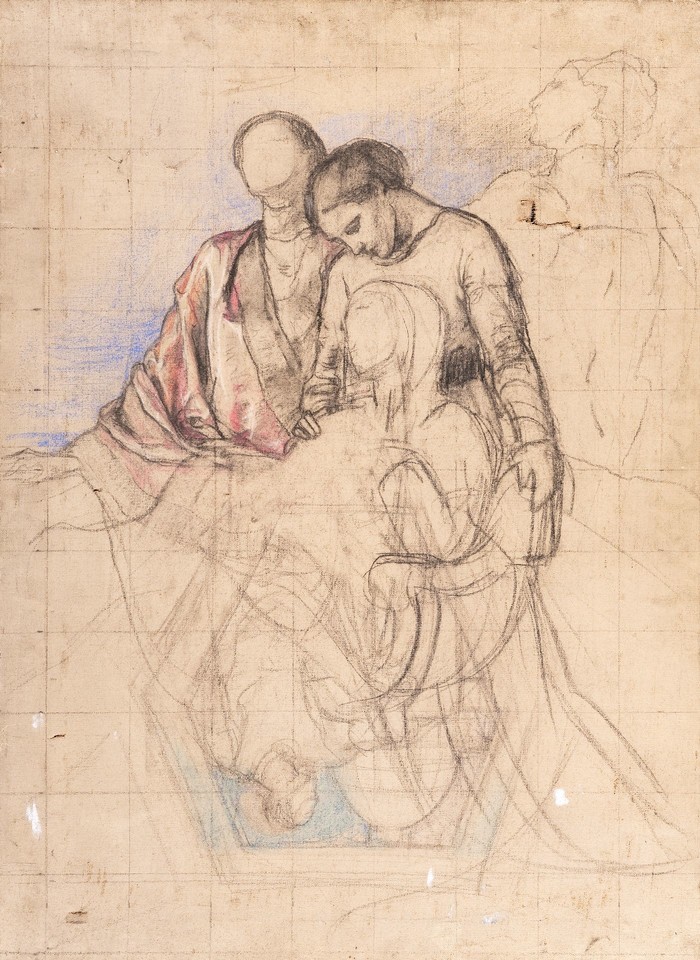
Study for the women in "Man and Science" lunette, from the mural series "The Building of the House of Wisdom," Charlton Yarnall House
Murals
View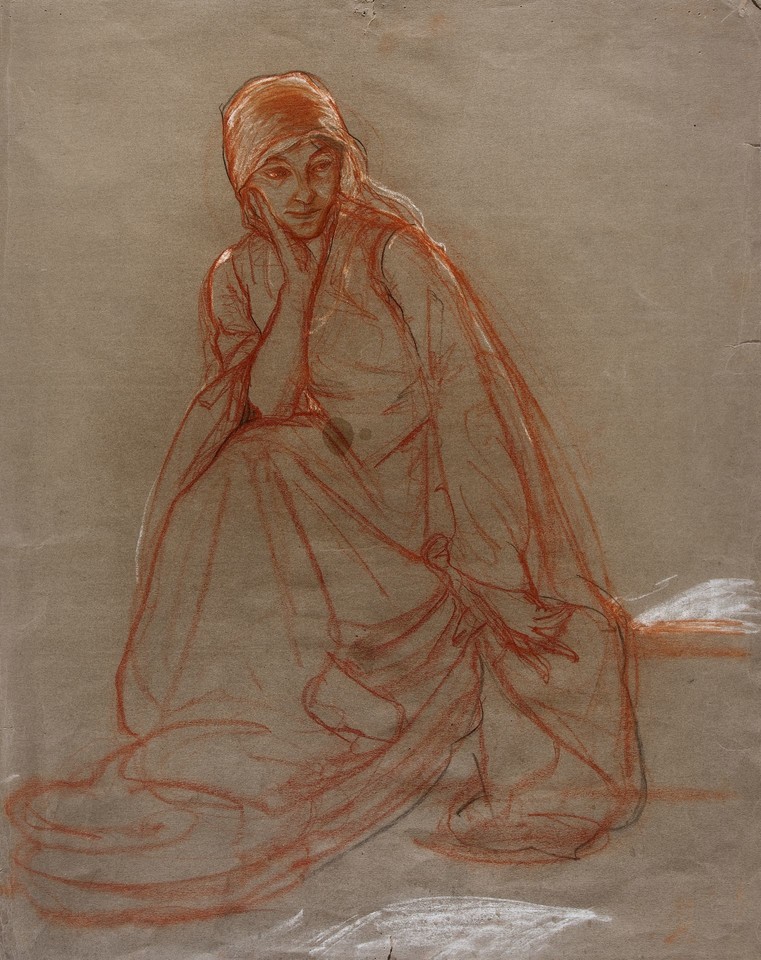
Study for "Communion throughout Space" octagonal, from the mural series "The Building of the House of Wisdom," Charlton Yarnall House
Murals
View
Composition study for an unidentified stained glass dome, possibly Charlton Yarnall House
Stained Glass Windows
View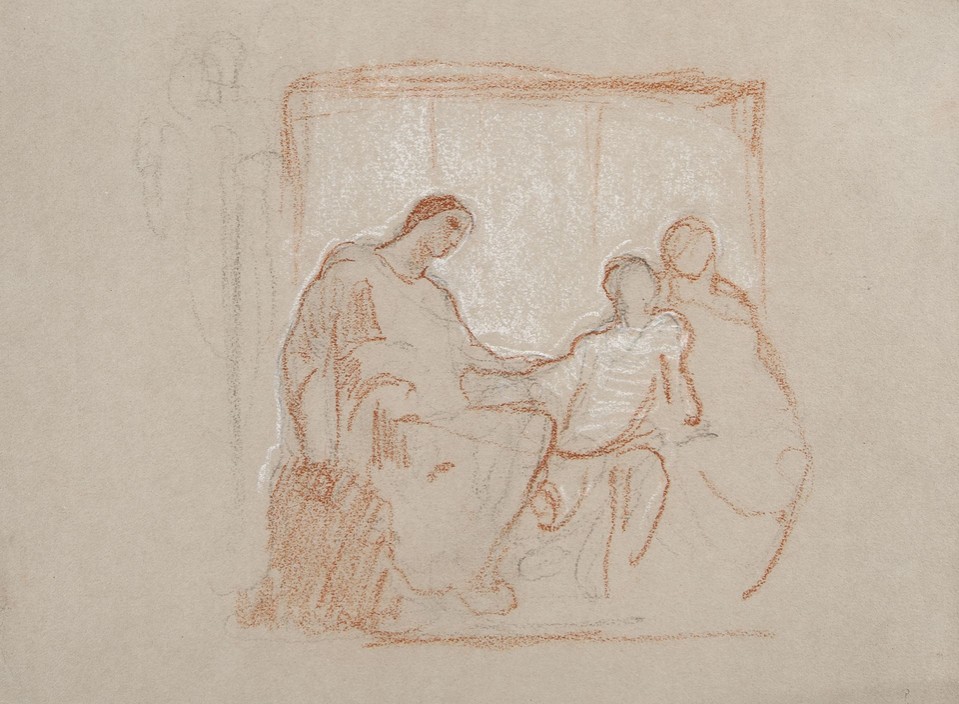
Study for the women and child in "The Child and Tradition" lunette, from the mural series "The Building of the House of Wisdom," Charlton Yarnall House
Murals
View






